Overview
During the Fall of 2014, Sykehjemsetaten, the Nursing Home Agency, in Oslo was beginning to restructure nursing homes. The Nursing Home Agency is the largest operator of nursing homes in Norway and the second largest municipal agency in the city of Oslo. In response to a mandate from the Department of Health, Seniors, and Social Affairs, 4 Health Houses were formed from existing nursing homes. These Health Houses would no longer accept long term patients. Instead, they would act as short term facilities focused on rehabilitation. The remaining 44 nursing homes in Oslo would in turn treat only long term patients, providing care until end of life. The division of short term and long term care would make it possible to proviede more efficient and effective care to Oslo’s aging population. 24 homes would be required to change their operational models, some already functioned as longer term care only.
In practical terms, this change was a logistics problem. Patients, with their families’ consent, would be moved to different homes. Certain patient types need to have different staff-to-patient ratios and specialized facilties. Some patients waited to see where their favorite staff member was placed before deciding whether they wanted to move. This change would also require moving supplies, equipment, and personal belongings.
When we were introduced to this project, moving days were already being scheduled. The process for planning and managing them, however, was not ideal. Information was primarily held in spreadsheets that were difficult to understand and were often updated by handwriting on a printed version. Representatives from each of the four Health Houses would attend a series of meetings with each of the newly long term homes that they were assigned to exchange with. These assignments were based on geographical location within the city. Over the course of several meetings, they would agree with how many patients and staff, along with other equipment, would be moved. This was based on what district the patients came from, their medical needs, what floors or facilities they could be on, and other factors. These meetings were led by Bente Solberg Sæve, one of our main contacts throughout this project. Our other main contact was Bjørg Torill Madsen, Health House Director.
On the Same Page is a project about building common understanding through shared visual representations. Among other things, our primary deliverable was a communication tool. It was used not only to facilitate the meetings between homes, but to also to act as a reference point and a way to communicate the process to those who were not present, but were certainly affected by this change.


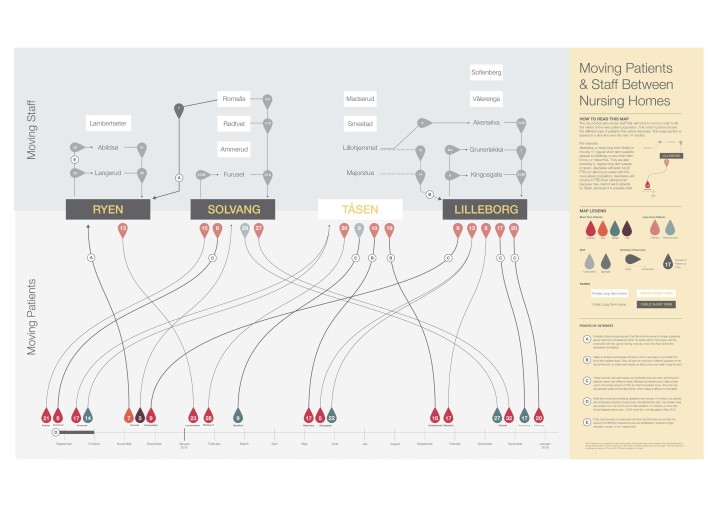
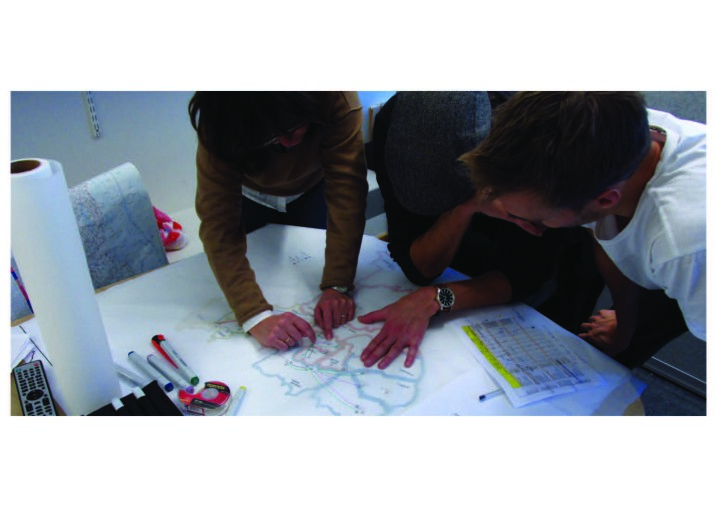
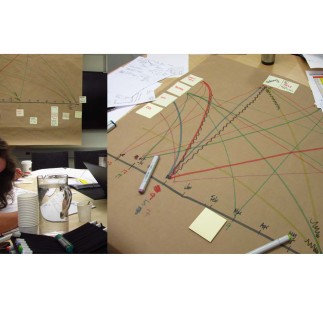
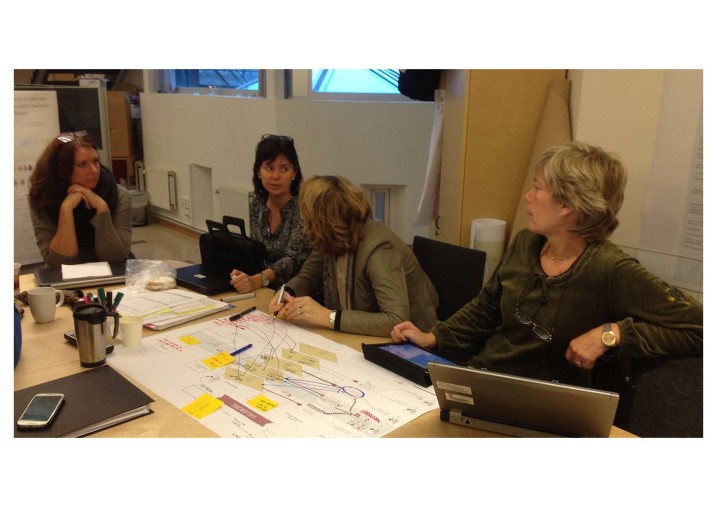
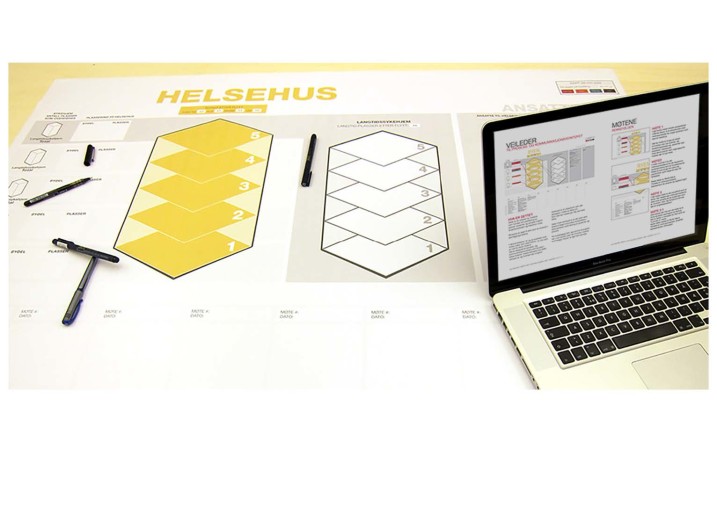
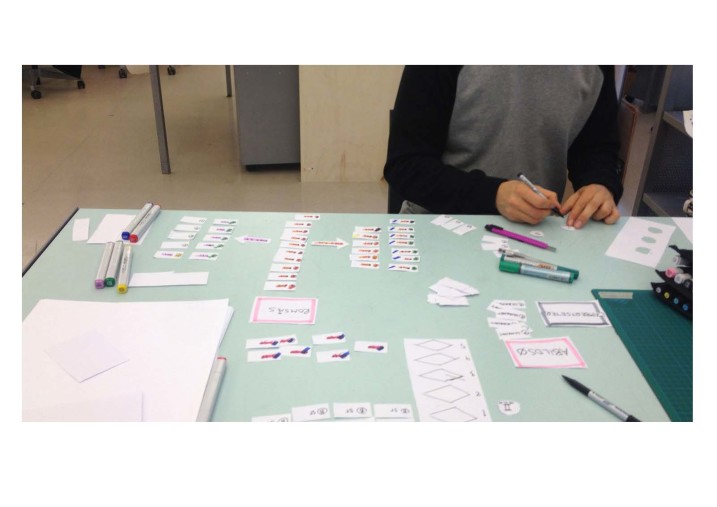
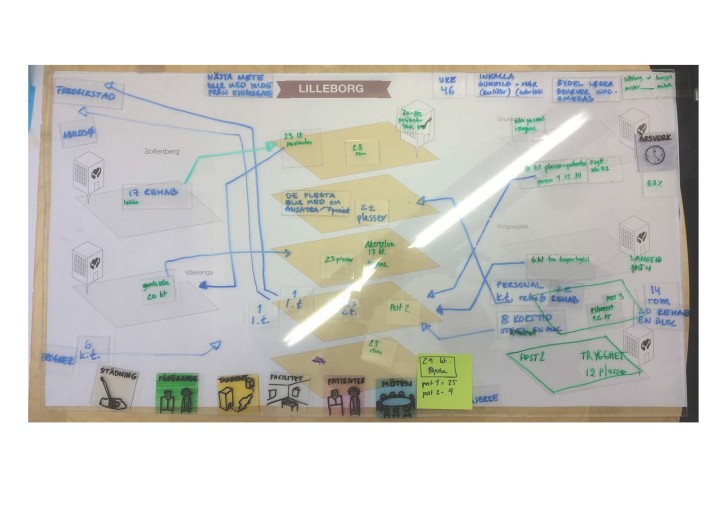
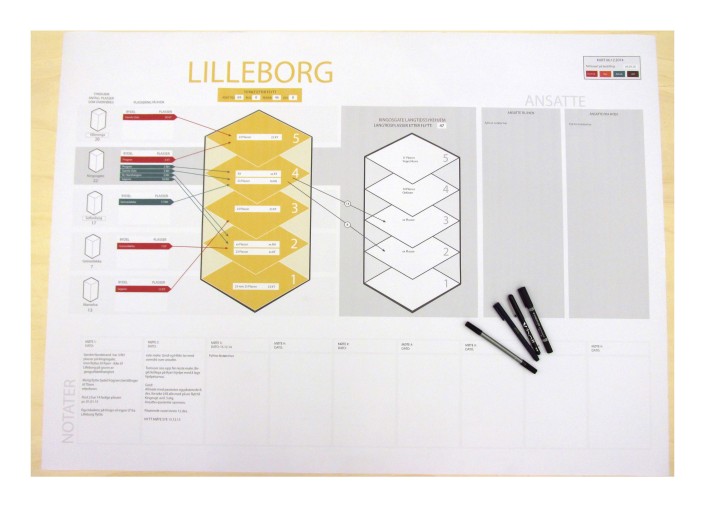

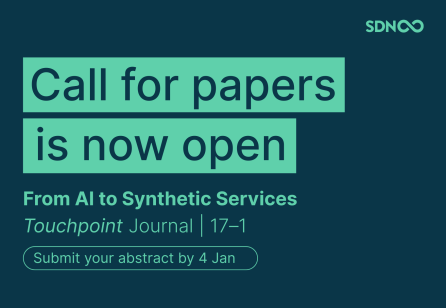



Share your thoughts
0 RepliesPlease login to comment